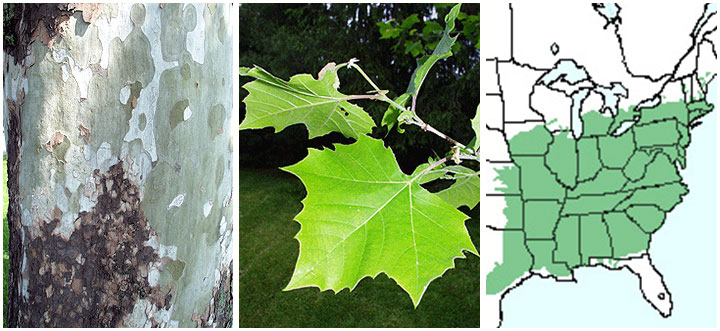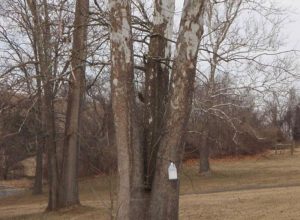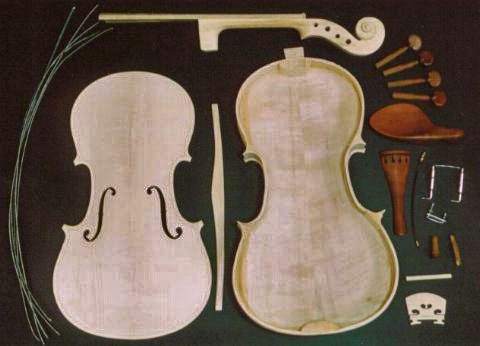Happy Veteran’s Day 2024
I took a nice walk today and leisurely surveyed the landscape as I strolled along. The sun was out, birds were singing German love songs and all was right with the world. La la la. And then Bam! Something caught my eye that stopped me dead in my tracks…
Is that a MAPLE LEAF on the sidewalk?! I paused to pick up the leaf and twirl its stem between my fingers as I examined it. Sure enough. The leaf had 3 large, distinct lobes with jagged edges and a main vein (aka a “midrib”) dividing the center of each lobe. Just like the maple back home, the midribs met at the base of the leaf (aka “palmate”). The indentation between each lobe (aka the “sinus”) was not as distinct as the maple leaves back home… but that’s got to be a maple. The parent tree casually held its thick, domed crown overhead. The delicate fingers of each branch held dense bouquets of these pretty leaves, dancing in the light breeze. “Yes. Maple. I found a maple tree.” I thought to myself.
But waaaait a minute… My eyes traveled down the tree trunk in confusion. Look at that bark. It’s smooth? Whaaat? So it’s not a maple tree? I was intrigued and was compelled to do a little research when I returned to the hotel.
With Google’s help, I determined this was a sycamore (acer pseudoplatanus) which happens to be in the same genus as the Sugar Maple (acer saccharum). So that explains the familiar leaves. But the big question I know you are wondering right now is “Can you tap it?”. I know, because I was asking the same question.
So yes, the sycamore CAN be tapped and its sap made into syrup. Spring weather in Germany includes those favorable nights below freezing and days in the 40s too. I just wanted to shout it from the rooftops “Hey Germany! You should make syrup! Don’t you know you can tap these?”
The native distribution of this sycamore encompasses most of central and southern Europe. However, you can find a similar tree in the United States called the American sycamore (platanus occidentalis). It is not categorized in the acer genus—(like the sugar maples and the sycamore I found in Germany)—Rather the American sycamore is a member of the genus platanus. Don’t let that discourage you though. Pay no mind. TAP IT!


I have read several accounts online of people who mix the maple sap and sycamore sap when making syrup. And one sycamore syrup enthusiast had noted that their sycamore syrup had more of a honey or butterscotch flavor than maple syrup.

Another type of maple found in Germany is the Field Maple (acer campestre). Perhaps I will save that one for a separate blog post.
We encourage you to try tapping sycamores next maple season. We would love to hear about your experience. Please share your stories/insights with us in the comments below!
6 Comments
Ma
Leave it to Angela to fine a tree that produces syrup!
Abi
Thank you for the informative post. we are homeschool students and we are doing a botany unite study, we found your blog during our search . We were selecting maple leaves and we were like you were stumped on one leaf we thought was maple only to find out it was an American Sycamore. The question is
Sycamore tree from a maple tree family? we have been searching but getting conflicting answers. Thank you
Angela
Hi Abi,
In my own research, I too found the information regarding genus somewhat confusing. It seems that the “American Sycamore” is of the Platanus genus and is native to the eastern and central United States. However, the type of Sycamore which is native to Europe is usually listed as being a part of the Acer species; Acer being the same genus as the Sugar Maple tree. I hope this helps! Thanks for reaching out.
Angela
Glen Vickery
It could be a Platanus × acerifolia, the London plane tree
natalie
Thanks, this was very interesting. I have to teach a unit on trees in the area and was also stumped. I was confused because it’s categorised as ‘maple’ but it doesn’t have those sort of v-shaped seeds, rather it has those soft fuzzy balls. Or am i wrong about this?
Dizzy
If it has fuzzy balls, it’s not a maple but a member of the plane tree family, like the American sycamore. If there’s 2 balls in one place, it’s probably a London plane tree.
Maple trees have branches that are opposite from each other. Plane trees have branches that alternate.
Plus, the bark on plane trees peels off, often in large sheets.